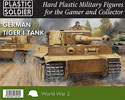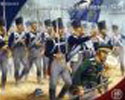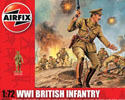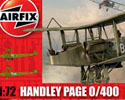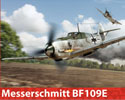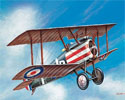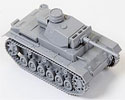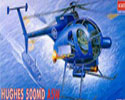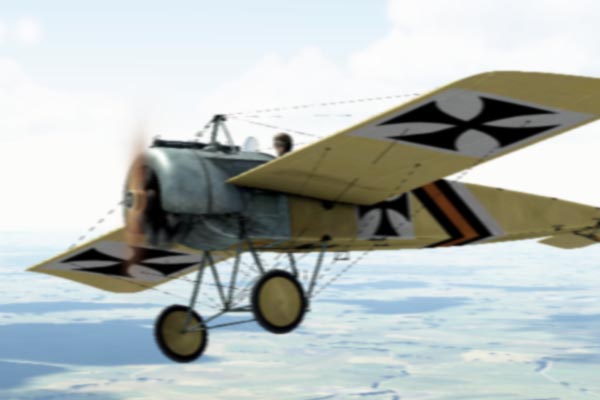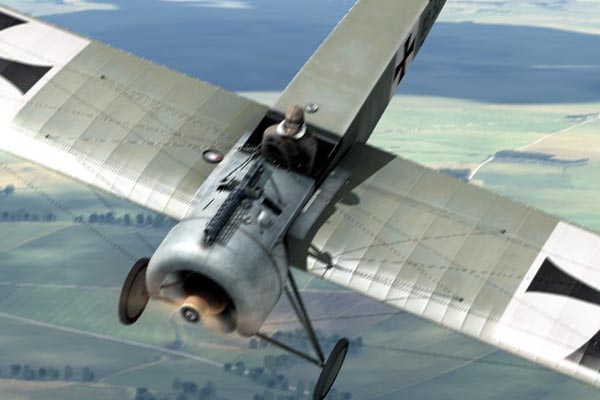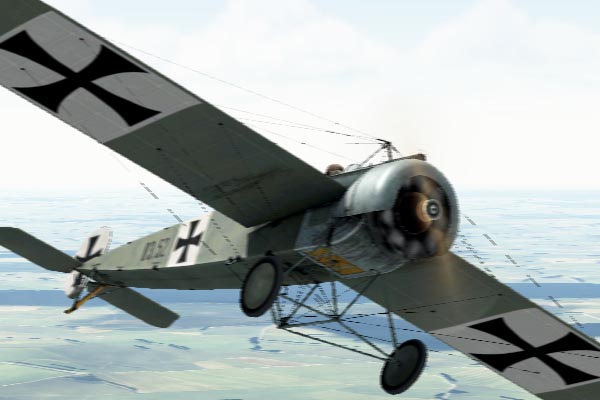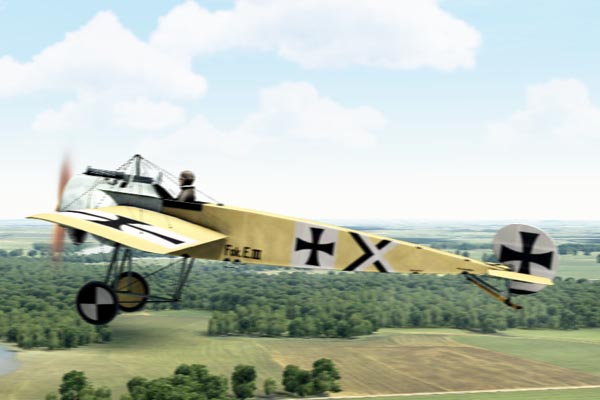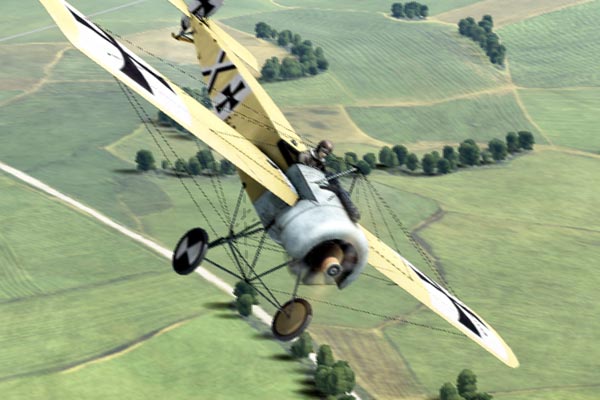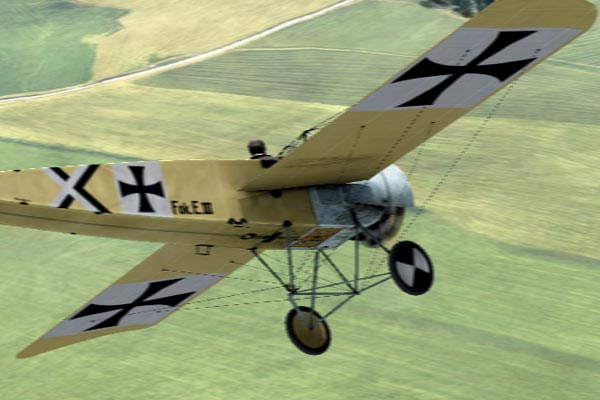The First World War - Fokker Eindecker E Iii
Fokker Eindecker
The Fokker Eindecker was a series of fighters that was equipped with a mechanism that interrupted the machine gun when the propeller was in the line of fire. The advantage this gave the Eindecker was enormous when the opposing allied fighters couldn't fire forward through the propeller.
The Fokker Eindecker incorporated a synchronization mechanism to interrupt the machine gun fire when the propeller was in the line of fire. This gave the Eindecker a distinct advantage against other aircraft of the time and led to the period known as the Fokker Scourge.
The Eindecker was designed by Anthony Fokker during the early part of 1915. When a Morane-Saulnier was captured and examined by the German authorities it was discovered to have a rudimentary interrupter gear backed up by steel wedges on the propeller to enable a machine gun to fire through the propeller with out destroying it. Fokker was one company given the task of copying it. Fokker went one further and designed his own reliable method that was incorporated into the Eindecker aircraft.
The Eindecker wasn't particularly responsive, relying on warping the wings to roll, or that suited to the fighter role but combined with the new synchronization gear it became a winner. In the hands of a few notable pilots like Oswald Boelcke and Max Immelmann, it established dominance over the Western Front in 1915 and ushered in a period known as the 'Fokker Scourge', that would last until early 1916 when the Allies fielded new types like the D.H.2 and Nieuport 11.
A total of 270 aircraft were produced, many serving on secondary fronts after they had been withdrawn from the Western Front in early 1916.
| Crew: | 1 |
| Length: | 5.49 m (18 ft 0 in) |
| Height: | 2.29 m (7 ft 6 in) |
| Wingspan: | 9.15 m (30 ft 0 in) |
| Empty Weight: | 108 kg (238 lb) |
| Loaded Weight: | 218 kg (480 lb) |
| Powerplant: | 1 x Oberursel U.I. 9 cylinder air-cooled rotary, 75 kW (100 hp) |
| Max Speed: | 142 Km/h (63 mph) at sea level |
| Range: | 130 km (80 mile) |
| Service Ceiling: | 4,000 m (13,123 ft) |
| Armament: | 1 x 7,92mm LMG 08 machine gun (500 rounds) |

